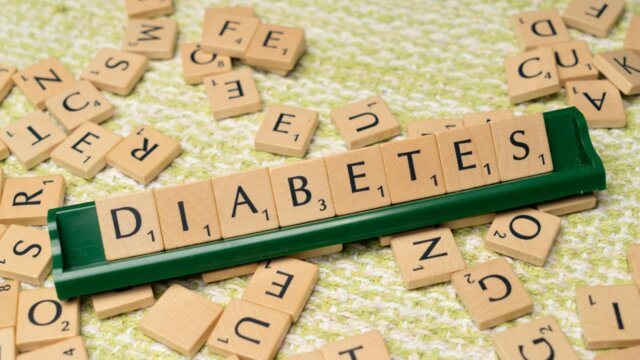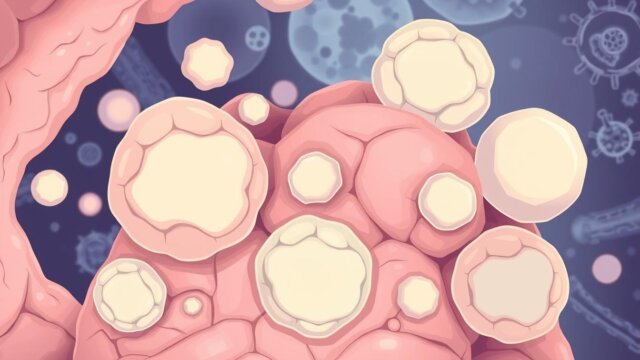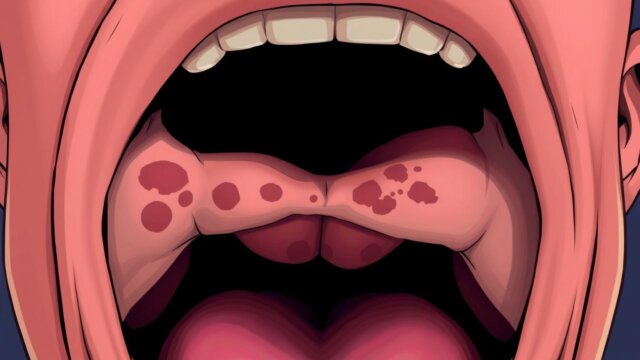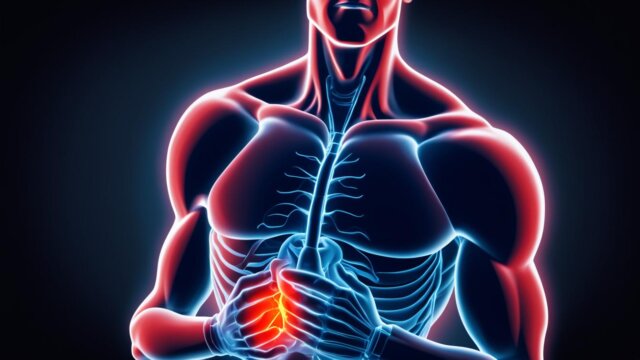FTC disclaimer: This post may contains affiliate links and we will be compensated if you click on a link and make a purchase.
Here’s a surprising fact about fiber and health. Only about 5% of men and 9% of women in the U.S. meet the daily fiber goal. This goal is set by the National Academy of Medicine.
Since fiber is crucial for good health, most Americans are missing out. Let’s find out why fiber matters and how to get more of it.
Key Takeaways
- Dietary fiber is an important part of a healthy diet, providing benefits like normalizing bowel movements, maintaining bowel health, and lowering cholesterol and blood sugar levels.
- Health authorities recommend that men consume 38 grams and women consume 25 grams of fiber per day, but most Americans fall far short of these targets.
- Fiber can aid in weight management and reduce the risk of cardiovascular disease, cancer, and other chronic conditions.
- The best sources of fiber are whole grains, fruits, vegetables, legumes, nuts, and seeds.
- Gradually increasing fiber intake and staying hydrated can help prevent any gastrointestinal discomfort.
What is Dietary Fiber?
Dietary fiber comes from plant-based foods. The body can’t fully digest or absorb it. This makes it key for our health. There are two types, soluble and insoluble, each brings unique health benefits.
Types of Dietary Fiber
Soluble fiber easily dissolves in water. It can lower blood cholesterol and glucose levels. You find it in foods like oats, peas, and apples, to name a few. On the flip side, insoluble fiber doesn’t dissolve in water. It helps the body move food through the digestive tract. This increases stool size. Good sources are whole-wheat flour, nuts, and vegetables.
Soluble vs. Insoluble Fiber
Eating a mix of both fiber types is best for our health. Soluble fiber lowers bad cholesterol and blood sugar. Insoluble fiber helps with regular bowel movements. It keeps our digestive system healthy. A variety in your diet means you’re taking care of your body well and lowering the risk of health issues.
“Fiber is crucial for good health. But, many Americans don’t eat enough of it.”
Why is Fiber Good for You
Fiber is crucial for keeping your digestion steady. But it’s much more than that. It also helps with blood sugar and keeps your weight in check. This makes fiber key for many parts of your body working well.
Fiber is great because it slows down how sugar gets into your blood. This stops sugar highs and lows, which is especially helpful for people with diabetes.
Eating fiber really helps your gut stay healthy. It comes in foods like whole grain bread and works to avoid tummy troubles. Plus, foods with fiber keep you full. This can help you not eat too many calories.
Fiber does more than help your stomach. It’s linked to a lower risk of big health problems. These include heart disease, diabetes, and some cancers like colon cancer.
It’s important to get enough fiber every day. How much you need changes with your age and if you’re a man or woman. Most adults should aim for 25-38 grams every day. Adding fiber-rich foods to your diet brings a lot of health upsides.

Age | Recommended Fiber Intake (grams per day) |
|---|---|
1–3 years | 14 g for both males and females |
4–8 years | 19.6 g for males, 16.8 g for females |
9–13 years | 25.2 g for males, 22.4 g for females |
14–18 years | 30.8 g for males, 25.2 g for females |
19–50 years | 38 g for males, 25 g for females |
51 years and over | 30 g for males, 21 g for females |
Adding fiber to your meals is easy and helpful. Include foods like fruits, veggies, and grains. They’re full of fiber and offer lots of health benefits.
By getting enough fiber, you can enjoy better digestion and lower disease risks. So, make sure to have some at every meal.
“Fiber is nature’s way of cleaning out our digestive system and keeping us regular.”
Benefits of a High-Fiber Diet
A high-fiber diet does wonders for your health. It helps keep your digestive system running smoothly. This is key for feeling your best.
Normalizes Bowel Movements
Fiber makes your stool bigger and easier to pass. This lowers the chance of getting constipated. It also helps prevent issues like hemorrhoids. Eating lots of fiber might lower your risk of a disease called diverticular disease.
Maintains Bowel Health
Fiber not only keeps you regular but also boosts your bowel health. It could even lower your chances of getting colon cancer.
Soluble fiber cleans out your gut, removing harmful toxins. And don’t forget about prebiotics. These special fibers help your body use important minerals like calcium better.
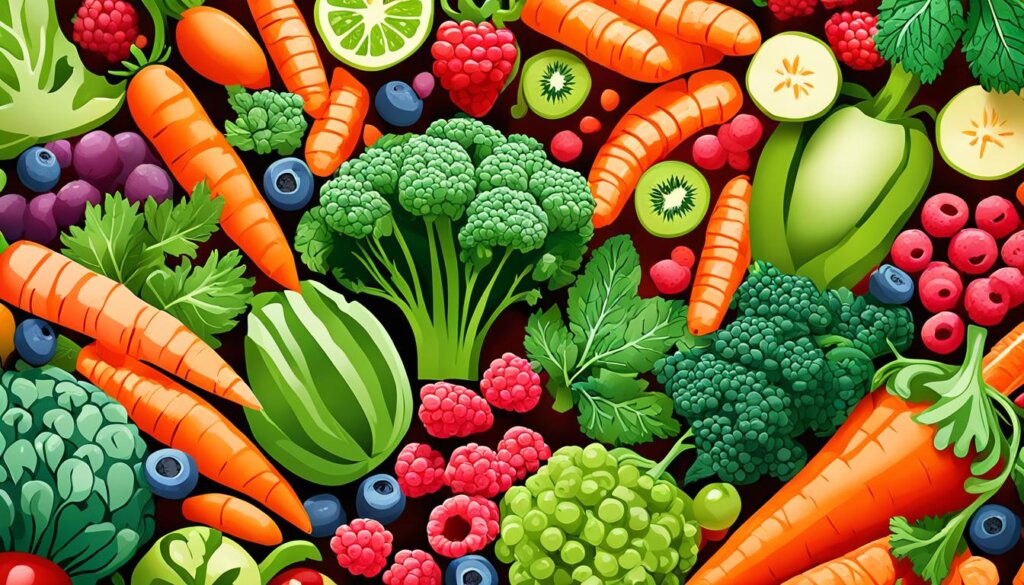
“Adequate fiber intake is linked to a lower risk of premature death from various causes, including cardiovascular disease and cancer.”
A fiber-rich diet offers many health benefits. It keeps your digestion smooth and your bowels healthy in the long run. So, eat plenty of fiber for a happy gut.
Fiber Lowers Cholesterol Levels
Adding fiber-rich foods to your meals can help control your cholesterol. This fiber type is called soluble. It’s in beans, oats, flaxseed, and oat bran. It might reduce your blood’s LDL, or “bad,” cholesterol level.
The CDC says your LDL should be below 100 mg/dL, your HDL above 60 mg/dL, and your total cholesterol less than 200 mg/dL. Eating foods with soluble fiber regularly could cut your total and LDL cholesterol by 5–10%.
Eating 70 grams of oats each day for 4 weeks can drop your total cholesterol by 8.1% and LDL cholesterol by 11.6%. A diet heavy in legumes for just 3 weeks may reduce your total cholesterol by nearly 12 points and your LDL by 8 points. Even a little, like 6 grams of pectin from apples daily, can help.
Fiber Source | Cholesterol Impact |
|---|---|
Oats (70g daily for 4 weeks) | 8.1% reduction in total cholesterol, 11.6% reduction in LDL cholesterol |
Legumes (minimum 3 weeks) | 12-point drop in total cholesterol, 8-point drop in LDL cholesterol |
Pectin from apples (6g daily) | Lowered blood cholesterol levels |
Avocado (1 whole) | Provides around 4.7g of fiber |
Flaxseed (around 3 tablespoons or 30g per day) | Reduced triglyceride, LDL, and total cholesterol levels |
Psyllium supplements | May lower LDL cholesterol by 6–24% and total cholesterol by 2–20%, with the greatest benefits seen in people who have high cholesterol |
Besides soluble fiber, other nutrients can help lower your cholesterol. For instance, taking in 25mg of lycopene from tomatoes might cut total cholesterol by about 8mg/dL.
Nuts like almonds, walnuts, and hazelnuts are good at this, too. Avocados can lower your LDL cholesterol and boost your HDL. Plus, olive oil in the Mediterranean diet is good for your HDL and guards against plaque build-up.
Be cautious about using fiber supplements only. They’re not as good as a meal filled with whole, fiber-rich foods. Aim to eat a mix of fruits, veggies, whole grains, and legumes every day.

“Consuming 10 to 25 grams of soluble fiber daily can lower cholesterol by 18%.”
Fiber Helps Control Blood Sugar
Soluble fiber is really important for handling blood sugar, especially for those with diabetes. The 2020–2025 Dietary Guidelines say adults need 22 to 34 grams of fiber each day. Sadly, most people in the U.S. only eat about half of that.
Foods like apples, bananas, oats, and avocados are packed with soluble fiber. They slow down how fast your body takes in sugar. This helps keep your blood sugar steady. Insoluble fiber, which comes from whole wheat, nuts, and some fruits, helps keep your digestion regular.
Adding more fiber-rich foods can improve blood sugar in those with type 2 diabetes. It’s because soluble fiber also cuts your cholesterol. So, it lowers your chances of getting a stroke, heart disease, or some cancers. For those with diabetes, the American Diabetes Association wants them to eat at least 14 grams of fiber for every 1,000 calories.
If you start eating more fiber too quickly, you might have tummy issues like gas or bloating. So, add fiber foods slowly and drink plenty of water. Include veggies, fruits, whole grains, nuts, and beans in your meals. This will help you get more fiber and manage your health better.
Studies show that how thick fiber is matters for your blood sugar. Oats’ beta-glucans and the pectin in fruits like oranges really help. They can make your blood sugar stay lower after you eat. Also, eating a lot of fiber at breakfast can make your blood sugar from lunch not go too high.
To keep blood sugar in check, eat enough fiber, especially the kind that dissolves. Add fiber foods slowly to your meals. Pick the right high-fiber foods. These steps will help you control your blood sugar and stay healthy.
Fiber Aids in Weight Management
A high-fiber diet helps a lot in losing weight and keeping it off. Foods rich in fiber make you feel full. They help you eat less and not feel hungry as quickly. Also, these foods have fewer calories for the same amount of food. This makes them great for controlling weight.
Soluble fibers in foods like beans, oats, and flaxseeds are good for weight loss. They turn into a gel in your stomach. This makes you feel full longer and want to eat less. Studies show eating more of this kind of fiber can lower your risk of gaining belly fat.
Adding plant foods to your diet is the best way to get more fiber. Try fruits, vegetables, whole grains, legumes, and nuts. Start with a little more and slowly increase to avoid stomach problems.
“Eating a lot of fiber is key to weighing less and feeling full on fewer calories.”
Eating plenty of fiber foods regularly can help maintain your weight. It might even help lose belly fat. But, if you’re changing your diet, always talk to a doctor. They can make sure it’s good for your health.
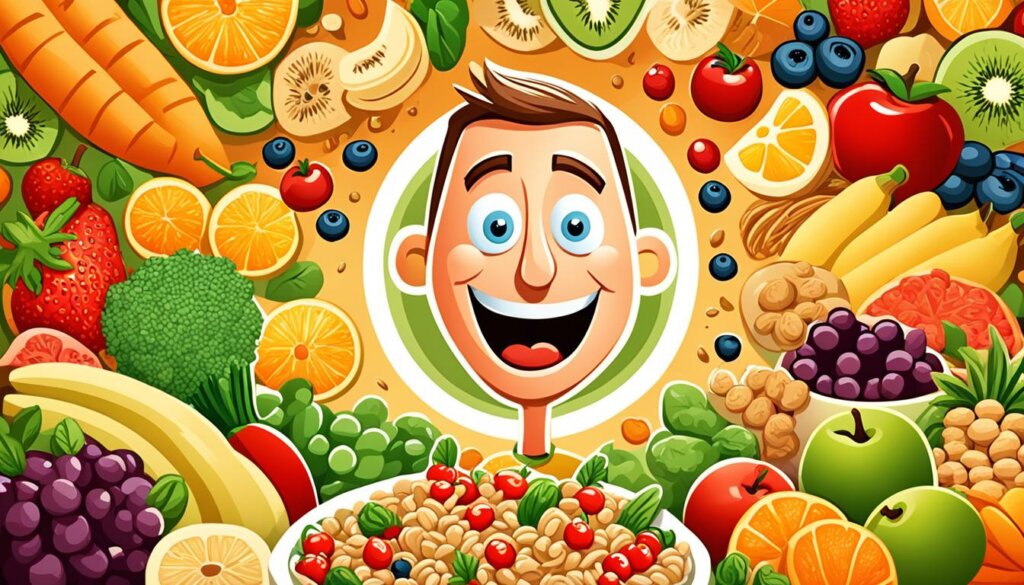
Fiber Feeds the Gut Microbiome
Fiber is key for a healthy gut. It’s not broken down in the stomach. Instead, it feeds the good bacteria in your colon. This process is vital for your health, supporting a diverse gut ecosystem.
Fiber and Gut Bacteria
Eating different fiber-rich foods helps your gut bacteria grow. Many kinds of fiber feed many types of gut bacteria. This keeps your gut team diverse and working well. Also, when bacteria eat fiber, they make short-chain fatty acids. These help your immune system and lower inflammation.
Just eating more fiber can change your gut in a few weeks. Short-chain fatty acids tell your body to help good bacteria grow. So, more fiber means a stronger and more varied gut ecosystem.

Eat lots of fiber from whole grains, fruits, and veggies to support your gut. This action helps the good bacteria in your stomach thrive. As a result, you enjoy better digestion, less inflammation, and improved health overall.
“Dietary fiber plays a crucial role in maintaining a healthy gut microbiome.”
Fiber Reduces Disease Risk
Eating fiber-rich foods daily helps prevent many illnesses. It lowers the risk of heart disease, type 2 diabetes, and colorectal cancer. This is key because heart problems are the top cause of death in the U.S..
Fiber also cuts the risk of stroke by up to 36% and type 2 diabetes by 30%. A study showed it lessens the chance of early death for both men and women.
But, most Americans don’t eat enough fiber. They only get around 15 grams daily, way below the 25 – 38 grams recommended. Ancestral humans ate more fiber, up to 100 grams a day. Today, people in Europe eat about 18 to 24 grams.
Adding high-fiber foods to your diet can lower disease risks. For example, pick whole grains instead of refined ones. Add berries to your morning. Or have more legumes with your meals.
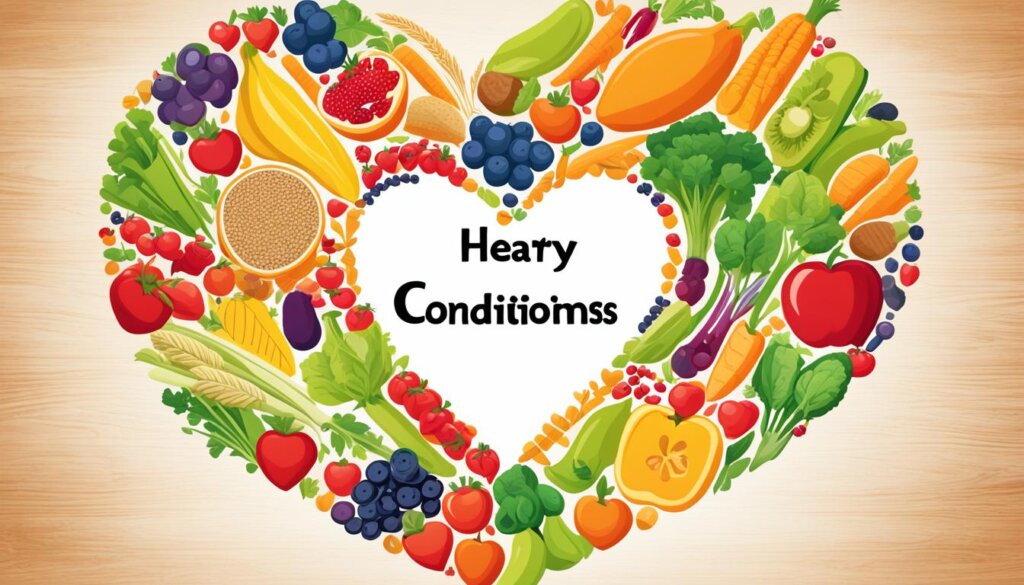
Choosing a high-fiber diet is good for your health long-term. It helps cut the risk of serious diseases. Plus, a fiber-rich life brings many more benefits.
How Much Fiber Do You Need?
Eating enough fiber is key to good health. The amount you need varies with your age and sex. Women under 50 should have 25 grams a day. Above 51, 21 grams is enough. Men need more: 38 grams until 50, then 30 grams.
No number is set for fiber per meal. But, it’s good to have fiber-rich foods each meal. This way, you likely hit your daily goal and eat a balanced diet.
- Most adults in America get about 15 grams of fiber a day. This is half what experts recommend, 25 to 30 grams.
- Oats, dried beans, and certain fruits are great for soluble fiber. Insoluble fiber is in fruits with edible skin or seeds, veggies, whole grains, and more.
- The American Heart Association Eating Plan suggests 25 to 30 grams daily. This should come from food, not.
Fiber helps a lot with health. It lowers the chances of heart issues, diabetes, and more. For instance, raspberries have 8 grams of fiber per cup. This makes them a great choice for fiber. Also, kidney beans and garbanzos give 7-8 grams of fiber in half a cup.
“Fiber-rich diets lower the risks of various diseases.”
The amount of fiber you need depends on your age, sex, and health. For kids 12 to 23 months, it’s 19 grams each day. The advice for those 2 and older is 14 grams for every 1,000 calories eaten.
Most people in the U.S. don’t get enough fiber. But, by adding whole grains, fruits, veggies, and beans to your diet, you can get there. This will boost your health.
High-Fiber Food Choices
Eating high-fiber foods is easy and good for you. They help keep your digestion in check and are good for your heart and weight. Whole grains, fruits, and vegetables are the top sources of fiber.
Whole Grains
Brown rice, oats, and whole-wheat bread are full of fiber. Shelled edamame has 9 grams in a half-cup. A cup of broccoli has 5 grams of fiber. Snack on some blueberries for almost 4 grams of fiber.
Fruits and Vegetables
Many fruits and veggies are high in fiber too. Avocado has 10 grams in a cup. A cup of popcorn is still good with 1 gram. Eating apples or potatoes with the skin adds fiber. Sunflower seeds and almonds are great for fiber too.
Women should aim for 25 grams and men for 38 grams of fiber daily, if younger than 50. If you’re older, the goal is 21 grams for women and 30 grams for men. Add a mix of these fiber-rich foods to your diet to hit your daily target. This will help your health.
Tips for Getting More Fiber
Adding more fiber to your diet is easy and good for you. Here are simple tips to get more fiber:
- Choose a high-fiber breakfast cereal with at least 5 grams of fiber per serving
- Switch to whole grains like brown rice, whole-wheat pasta, and bulgur wheat
- Add bran, crushed bran cereal, or uncooked oatmeal to baked goods
- Incorporate more beans, peas, and lentils into your meals
- Snack on fresh fruits, raw vegetables, popcorn, and whole-grain crackers
Women should eat 25 grams of fiber a day, and men should get 38 grams. But, most Americans have just 16 grams a day. Adding a few new foods to your meals can boost your fiber and health.
Start your meal with veggies to eat 23% more. Popcorn has 4 grams per ounce. A small pear or watermelon is a good comparison with fiber. Chia seeds give you 10 grams per ounce. And flax seeds have 2 grams in a tablespoon. Eat half an avocado for 5 grams. One ounce of almonds is nearly 4 grams.
Whole wheat pastry flour has 5 times more fiber than white flour. A cup of raspberries or blackberries offers 8 grams. Eating legumes can also boost your fiber intake.]
Simple diet changes and eating high-fiber foods can increase your fiber. This means you can enjoy better health easily.
Risks of Too Much Fiber
Fiber is good for us, but too much can be bad. Eating too much fiber can upset our stomach. It can cause bloating, cramps, diarrhea, and constipation. This happens because fiber draws water into our gut. If we don’t drink enough water, it can make us dehydrated and more likely to be constipated.
Some processed foods are packed with fiber. These include protein bars and low-carb bread. They can also cause stomach problems. It’s better to eat foods that are naturally high in fiber. Women should aim for 25 grams of fiber a day, and men should aim for 38 grams. But most people don’t get enough fiber.
Too much fiber can have many bad effects, like:
- Bloating and stomach pain
- Gas and diarrhea
- Constipation
- Gain weight
- Lower blood sugar
- Cause a blockage in people with Crohn’s disease
The right amount of fiber is different for everyone, depending on age and health. For grown-ups, they should get around 14 grams of fiber for every 1,000 calories they eat. Too much fiber without water can cause problems.
If tummy troubles last, see a doctor. They can help you find the right amount of fiber for you.
“Fiber is an essential part of a healthy diet, but it’s possible to consume too much. Moderation is key to avoiding unpleasant gastrointestinal symptoms.”
Conclusion
Fiber is vital for our health. It helps with digestion, blood sugar, and heart health. Eating more whole grains, fruits, and veggies boosts your fiber intake and health. But, remember, too much fiber can upset your stomach. Stick to foods naturally high in fiber for the best results.
Fiber is key for many reasons. It keeps our digestion regular, our heart healthy, and our blood sugar in check. It also helps with weight control and reduces risks of sickness. Make sure to include fiber in your meals to feel your best.
Fiber is important for a balanced diet. Knowing about fiber’s benefits and choosing the right foods helps. This way, you can be healthier and full of life.
FAQ
What is dietary fiber?
Fiber is in plant foods your body can’t fully digest or absorb. It moves through your body pretty much the same way it went in.
What are the different types of dietary fiber?
There are two types of fiber: soluble and insoluble. Soluble fiber dissolves in water and is found in things like beans and barley. Insoluble fiber doesn’t dissolve and is in things like whole-wheat bread. It helps your digestion move smoothly.
What are the health benefits of dietary fiber?
Eating plenty of fiber has many upsides. It helps keep your bowel movements regular and your cholesterol and blood sugar in check. Plus, it aids in managing your weight.
It also can lower your risks of heart disease and some cancers.
How does fiber help with bowel health?
A fiber-rich diet makes your stool larger and softer. This helps prevent constipation. It can also lower your risk of getting hemorrhoids or diverticular disease.
How does fiber affect cholesterol levels?
Some kinds of fiber, like the one in oats, can help lower cholesterol. They do this by reducing the “bad” kind of cholesterol. They even come with bonus effects for your heart, like lowering blood pressure.
How does fiber help with blood sugar control?
Fiber slows down how fast your body absorbs sugar, which is really good for people with diabetes. It also lowers your chances of getting type 2 diabetes.
How does fiber help with weight management?
Foods with lots of fiber help you feel full for longer. They usually have fewer calories too.
This makes them great for managing your weight.
How does fiber support gut health?
Fiber makes a great meal for the good bacteria in your gut. Eating enough fiber keeps these bacteria happy, which is important for your health.
It helps keep your gut diverse and healthy, which is key for feeling good.
How does fiber reduce disease risk?
Getting enough fiber daily can lower your risks of several serious diseases. These include heart issues, diabetes, and even cancer.
Focusing on fiber is a big step in taking care of yourself.
How much fiber do I need per day?
Your fiber goals depend on your age and gender. Women under 50 need 25 grams a day while older women need 21 grams. Men under 50 aim for 38 grams while those over 50 should have 30 grams daily.
What are good sources of dietary fiber?
You can find fiber in whole grains, fruits, veggies, beans, and nuts. Foods that are not whole, like white bread, have less fiber. So, stick to the natural stuff for the most fiber.
Can you get too much fiber?
Yes, it’s possible to overdo it on fiber. Too much can mess with your stomach, leading to issues like bloating and even constipation. Remember to drink water when you eat a lot of fiber to avoid this problem.

